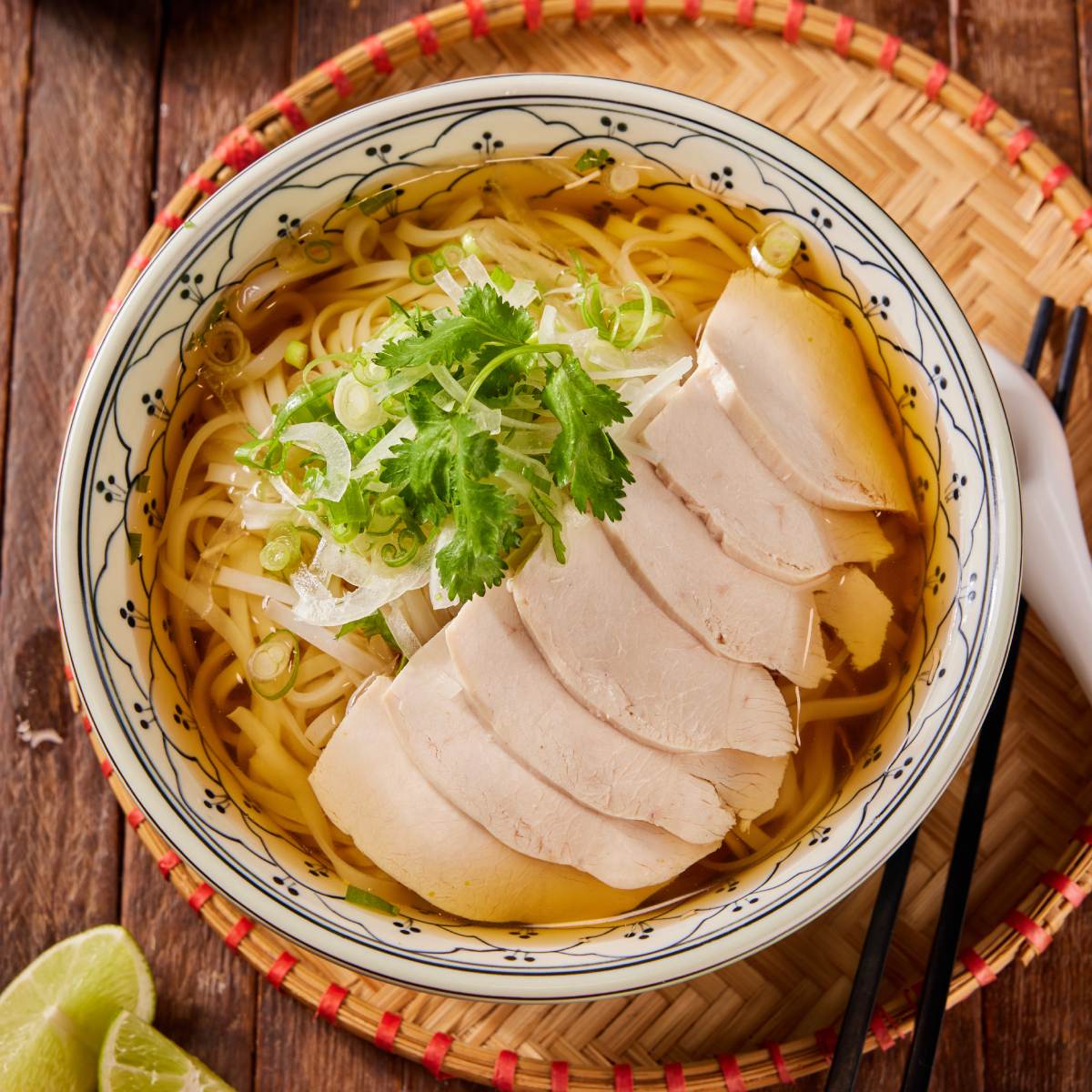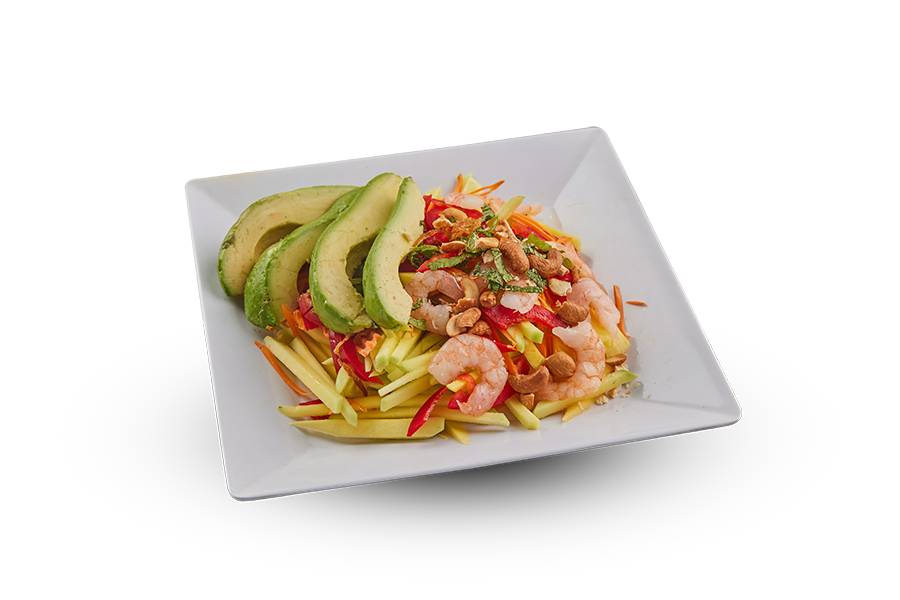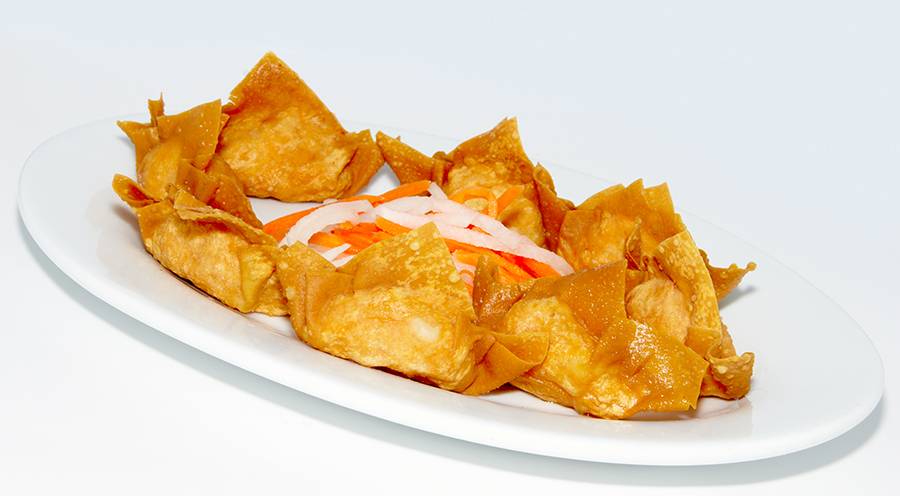A Brief History of Fish Sauce
Fish sauce is not a recent innovation; its origins can be traced back thousands of years to ancient civilizations along the coasts of Southeast Asia. Early fishermen discovered that fermenting fish with salt produced a savoury liquid that enhanced the flavour of their meals. Over time, this rudimentary technique evolved into the sophisticated art of fish sauce production that we know today.
In Vietnam, fish sauce has been integral to the culinary landscape for centuries. Historical records suggest that fish sauce production flourished during the Funan and Khmer civilizations, where it was used not only as a condiment but also as a vital ingredient in cooking. As trade routes expanded, fish sauce became a commodity of great value, shaping the culinary traditions of Southeast Asia and beyond.
The Production Process
The production of fish sauce is a labour-intensive process that requires skill, patience, and a deep understanding of fermentation. Traditional Vietnamese fish sauce is typically made from anchovies or other small fish, salt, and water. The process begins with meticulously layering freshly caught fish and salt in large wooden barrels or earthenware pots.
As the fish and salt mingle, natural enzymes break down the proteins in the fish, releasing amino acids and creating the distinctive umami flavour of fish sauce. The mixture undergoes gradual transformation over several months to several years, developing depth, complexity, and a rich amber hue.
Once fermentation is complete, the liquid is extracted and filtered to remove impurities, resulting in a clear, amber-coloured sauce. Some producers age their fish sauce further to enhance its flavour, while others bottle it directly for immediate consumption.
Culinary Uses
Fish sauce is a versatile ingredient that plays a central role in Vietnamese cuisine, imparting depth, complexity, and umami to various dishes. It serves as the foundation for many iconic Vietnamese sauces and marinades, such as nước chấm, a tangy dipping sauce made with fish sauce, lime juice, sugar, garlic, and chilli.
Fish sauce is a flavour enhancer in cooking, adding depth and complexity to soups, stir-fries, and marinades. It's often used in combination with other aromatic ingredients like garlic, ginger, and lemongrass to create layers of flavour in dishes such as phở, bún chả, and bánh xèo.
To add depth and complexity, fish sauce can also be used as a finishing touch, drizzled over grilled meats, salads, and noodle dishes. Its savoury umami flavour pairs well with various ingredients, making it a versatile condiment in Vietnamese cuisine.
Health Benefits
Beyond its culinary uses, fish sauce offers several health benefits. It's rich in protein, vitamins, and minerals, including calcium, phosphorus, and iodine. Additionally, fish sauce is low in calories and contains no carbohydrates or fat, making it a healthy alternative to other condiments like soy sauce or Worcestershire sauce.
Studies have also shown that fish sauce contains antioxidants and anti-inflammatory compounds that may help reduce the risk of chronic diseases such as heart disease, cancer, and diabetes. However, its high salt content should be consumed in moderation, especially for individuals with hypertension or kidney problems.
To Summarize
In conclusion, fish sauce is more than just a condiment; it's the secret ingredient that unlocks the essence of Vietnamese cuisine. From its ancient origins to its modern culinary uses, fish sauce plays a central role in shaping the flavours of Vietnam, imparting depth, complexity, and umami to dishes that define the nation's culinary identity.
Whether used as a marinade, a dipping sauce, or a finishing touch, the fish sauce adds a distinctive savoury flavour that elevates Vietnamese dishes to new heights. Its rich history, production process, culinary uses, and health benefits make it a truly magical ingredient that continues to captivate and inspire food lovers worldwide.
Here are some delicious food and drinks to try when ordering from PHO restaurants in Toronto:
Rare Beef and Beef Ball (Phở Tái, Bò Viên)
House Special Beef Noodle Soup (Phở Đặc Biệt)
Spring Roll Vermicelli (Bún Chả Giò)
Spring Roll Vermicelli (Bún Chả Giò CHAY)






















